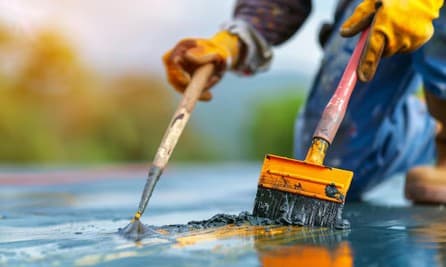
Flat roofs present unique challenges and opportunities in commercial and residential construction. Unlike their sloped counterparts, these systems require specialized maintenance approaches to ensure longevity and performance. Applying the right protective coating at the optimal time can extend a flat roof's lifespan by 10-15 years while avoiding costly replacements. However, timing and product selection are critical decisions that often require consultation with an expert roofer who understands the specific requirements of different roofing substrates and environmental conditions.
Knowing when to apply a protective coating can be as important as selecting the right product. Several key indicators suggest optimal timing for application:
Ideally, roof coatings should be applied proactively rather than reactively. The best scenarios include:
- New roof installation: Applying a compatible coating 30-90 days after installation of a new flat roof creates an additional protective layer that can significantly extend service life.
- Mid-life maintenance: For roofs at 40-60% of their expected lifespan showing early signs of weathering but no significant deterioration, coating application can reset the aging clock.
- Seasonal timing: In most climates, application during spring or fall provides ideal temperature conditions (between 50-85°F) for proper curing and adhesion.
Several conditions signal that coating should not be delayed:
- Surface degradation: Visible crazing, checking, or alligatoring of the surface without membrane failure
- Diminished reflectivity: Noticeably darker roof surface indicating UV damage
- Minor leaks: Small, localized leaks that haven't compromised the structural integrity
- Energy cost increases: Unexpected rises in cooling costs suggesting reduced reflectivity
When Coating Is Not Appropriate
Not every flat roof is a candidate for coating. Avoid coating when:
- Extensive moisture presence: More than 25% of the insulation contains moisture
- Membrane failure: Multiple leaks indicating systemic failure rather than isolated issues
- Structural problems: Sagging, pooling, or other structural deficiencies
- Improper drainage: Standing water persisting more than 48 hours after rainfall
Navigating Coating Options
The flat roof coating market offers several distinct technologies, each with specific application scenarios:
Acrylic Coatings
Best for: Moderate climates with limited temperature extremes
Characteristics: Water-based, highly reflective, UV resistant
Lifespan: 7-10 years
Cost: $1.50-2.50 per square foot installed
Silicone Coatings
Best for: Areas with frequent rainfall or humidity
Characteristics: Superior waterproofing, excellent ponding water resistance
Lifespan: 10-20 years
Cost: $2.00-4.00 per square foot installed
Polyurethane Coatings
Best for: High-traffic areas requiring impact resistance
Characteristics: Excellent durability, superior tensile strength, good chemical resistance
Lifespan: 10-15 years
Cost: $2.50-4.50 per square foot installed
Conclusion
Selecting the appropriate coating system requires balancing budget constraints, performance requirements, and environmental factors.
By working with qualified professionals at 519 Knickerbocker Ave, Brooklyn, NY 11221 (718) - 285 - 7841 https://www.bushwickroofingny.com to assess your specific roofing conditions and needs, you can develop a maintenance strategy that maximizes protection while minimizing lifetime costs.
